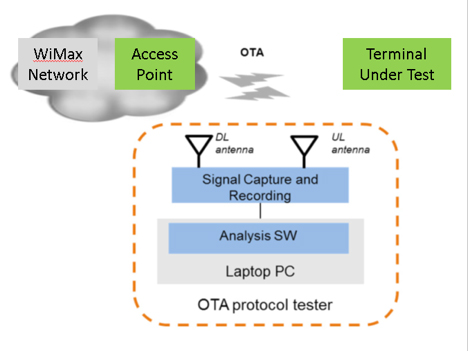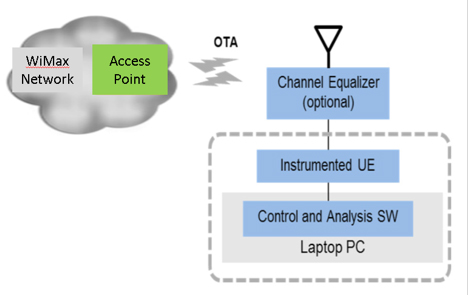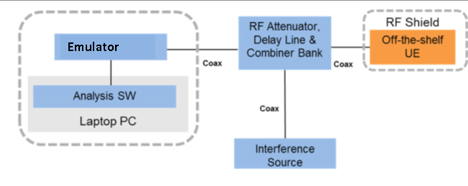TechPats has excellent expertise in WiMAX technologies. We have a number of technical experts with over 25 years of experience in R&D, product development and development of standards. We also have unique testing capabilities that allow us to conducts both in a lab environment (captive testing) and in live commercial networks. Other more traditional reverse engineering capabilities such as software RE and circuit extraction are also available when testing solutions are not sufficient.
Whether it is to confirm use of an essential feature of a standard, an optional feature of the standard, an implementation specific feature related to the standard or other non-standardized feature, TechPats has a wide range of capabilities for testing those features in a lab environment
and in live commercial networks. Each solution had it advantages and disadvantage and we select the best solution for our clients’ needs.
Live Testing in a Live Network
In this type of test environment, off-the-shelf terminals are connected via an air interface to network vendor equipment that is currently deployed in a network. We can investigate functions both on the terminal side and on the access point.
Figure 1 below shows a functional block diagram of a passive test setup for testing in a live network environment. The test equipment is capable of monitoring the transmissions between the access and a terminal under test.

Figure 2 – Functional block diagram of a passive test setup for testing in a live network environment
A second approach for conducting live network testing involves the use of an instrumented UE (User Equipment. An instrumented UE is a mobile device that works with special software that enables the monitoring of baseband processor protocol behavior. The Instrumented UE connects to access point in a live network and protocol information can be extracted from the UE. An instrumented UE is a useful tool for testing a vendor access point in a semi-controllable environment. For patents with claims directed to network devices, such an instrumented UE performs the role of a terminal emulator that can be used to trigger certain network behaviors in order to verify if those network devices implement the functionality that is being tested. Figure 3 below shows a functional block diagram of a test configuration using an instrumented UE in a live commercial network. The instrumented UE connects to the BTS of a cell tower in a live commercial network and is coupled to a laptop that has a software application capable of monitoring the protocol behavior.

Figure 3 – Functional block diagram of a test configuration using an instrumented UE in a live commercial network
Captive Testing in TechPats’ Lab
With reference to Figure 4 below, with captive testing an off-the-shelf terminal is able to connect to what is called a network emulator, which effectively provides the function of an access point with the added capability to allow the test engineer to track the protocol messages transmitted between the terminal and the network emulator. This type of testing also offers a controllable environment with the flexibility to create many test cases which may or may not be available in live network environments. These test cases can be used to “induce” a desired response/operation of the terminal and/or network.

Figure 4 – Functional block diagram of a test configuration using an off-the-shelf UE and a network emulator
